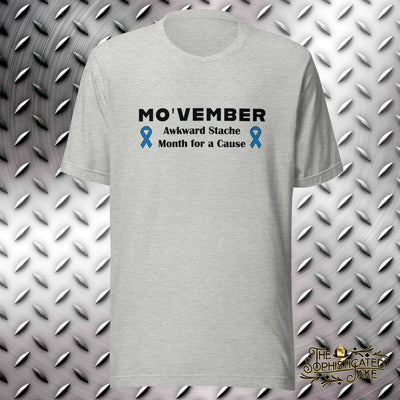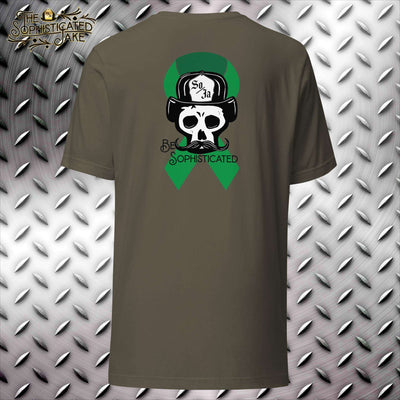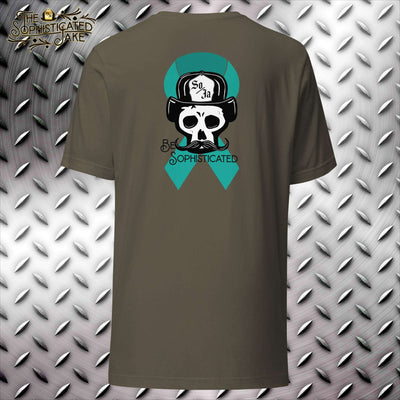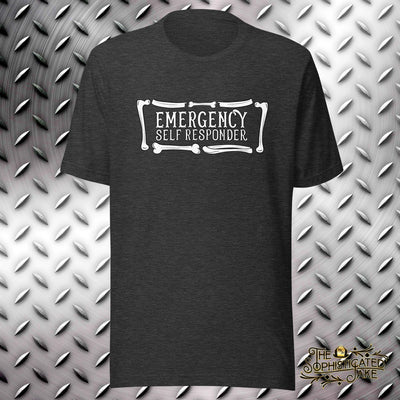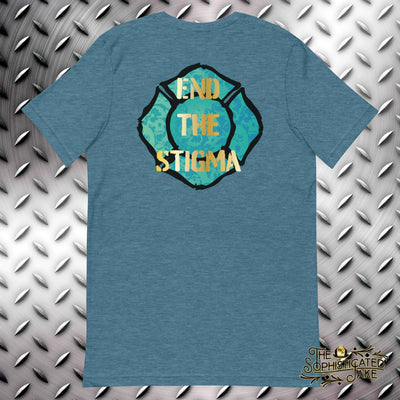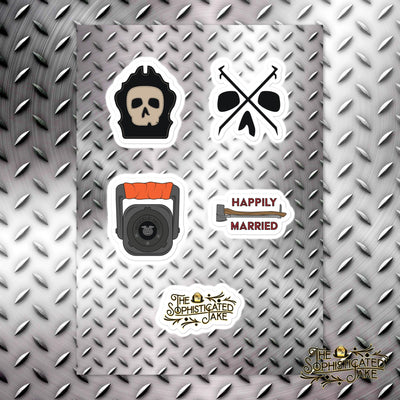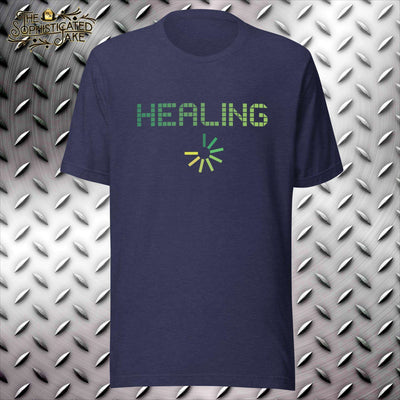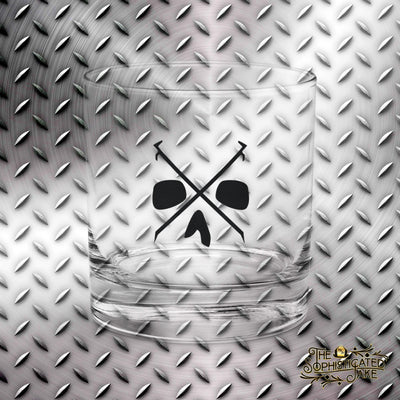So, you’ve decided to take the leap and talk to a professional mental health professional. Good for you. Here are some things to know to help you navigate the waters surrounding getting assistance. The stigma around formal help usually lies rooted in receiving a diagnosis and dealing with the prospects of having medication prescribed. These can all get your hackles up and seem very intimidating. What if your suspicions are true and these things are the next step? How do you cope with this deep dark secret? What if someone sees you parked outside a therapist’s office? What if people talk? What if I have to talk about feelings and stuff? Take it all in stride. You’ve got this.
Truth of the matter is, it will make you better both physically and mentally. There are loads of advantages to taming your worries and going the distance to getting back to the old you. Matter of fact, once you notice that you are at this point you have not been yourself in a while, and people have probably noticed the negative changes happen over time. This is you regaining your power.
- Pick the right provider – knowing what you need will help you advocate for yourself and get the most from the experience. As a first responder there are many therapists that you can find that are both trauma informed and have experience dealing with first responders. We are a different animal from the regular Joe and professionals realize this. More over, there are organizations, yes entire entities, that work soley with this population and take you explaining all the in’s and out’s of the culture out of the mix. Finding the right fit can take some trial and error, but when you build the right relationship you’ll soon see the benefits of taking the time to find the right person. Plus, most sessions are available via video chat and can be done within your schedule in the privacy of your own home.
- Diagnosis – the dreaded letters. Knowing that you have a problem is one thing, but having a label to it is a whole different situation. In reality this is a double edge sword. It means that there is something specifically wrong with your current state. On the other hand it opens up a conversation that can be empowering. Your struggles are validated and seen as real. The thoughts in your head are not you being broken, but an epidemic that challenges even the stoutest of those who serve. Being aware of this opens up a protocol and a road map to how to improve your situation. No different from knowing the fastest way to take a door or treat a cardiac arrest, this roadmap is the groundwork for repairing the damage that has occurred.
- Medication – the dreaded nail in the coffin. Most will accept therapy willingly enough, but draw the line at pharmacological intervention. There’s either a need to do this au natural, or a fear that taking medication will alter who we are. Fact of the matter is we use chemicals daily to improve our current living and manage our status quo. Not a morning person – caffeine. Getting fit – pre-workout. Sore – Ibuprofen or Tylenol. Sick – there’s a treatment available for almost every illness. When you boil it down, it’s an option well worth considering to help you do the work and get to where you want to be. Statistically first responders suffer from an accumulation and maintenance of high levels of cortisol that wreak havoc on the body and mind. These can prevent you from being at your best, delay your healing process, and keep you off the top of your game. Medications can aid with management of symptoms and your capacity to thrive. No magic pill exists that will solve these problems instantly. Most antidepressants and mood stabilizers will take a while to work. So while you’re hemming and hawing you’re losing time that you could be making progress. Talk to a licensed professional sooner than later to get a jump start on your mission.
- Teamwork makes the dream work. As you’re probably noting you’ll be opening up yourself to needing to interact with a few providers and treatment methodologies. Just like anything you do professionally, there’s a team dynamic that leads to a successful outcome. Coordination of care can strengthen your odds of rapid improvement and help you navigate all the moving pieces that comprise comprehensive care. Beyond a regular therapist or counselor and a med provider you may also find yourself exploring additional treatment strategies. This is what they do. It’s not voodoo, it’s medicine.
- Use the right tool for the job – no one size fits all. So we’ve talked about getting you ready to do the work, and the way forward is guided by those dreaded letters in your diagnosis. Based on the severity of your symptoms and reaction to medication there may be additional tools to utilize in your fight to tackle mental health related symptoms. By no means is this a comprehensive list, but a sampling of things that might wind up on the table. CPT- or Cognitive Processing Therapy and DBT – Dialectical Behavioral Therapy are a deep dive in processing trauma or depression and anxiety related symptoms that can help you identify the root of your troubles. Beyond talk therapy there are options for PTSD such as EMDR – Eye Movement Desensitization and Reprocessing, which allows you to re-organize traumatic experiences in your brain and reduce physical and mental symptoms that are rooted in them. TMS – Transcranial Magnetic Stimulation is a tool that targets the depression centers in the brain and increases function in depressed areas leading to improved use of capacity and chemical transmitters. Stellate Ganglion Blocks can be a more invasive option to help with anxiety, reactiveness, and PTSD symptoms. This is a nerve block in the neck that helps with extreme reactions to symptoms. So as you can see, the science is there to back your decision and inform you in your treatment journey. There are other methods available as well, talk to your provider, use your Google-Fu, and learn about how to combat the things that are robbing you of your power.
This blog was not designed to increase your anxiety about treatment, but rather as an informational piece that can guide you knowing that there are many tools available to you to be successful. Your providers will learn your situation, your symptoms, and lead you towards success of increasing your good days, capacity to thrive, and ability to regain your power.
I know it’s a daunting task, and the unknown can leave you restless, but the copious amount of tools that exist to get you back on track is present and expanding. There’s no better time than now to begin researching providers in your area, gaining referrals, and starting on your path to wellness. Take advantage of what technology can offer you and get involved in peer groups, there are a lot of virtual ones, your personal care, and Journey to wellness. Demons be damned, are you ready to fight?













